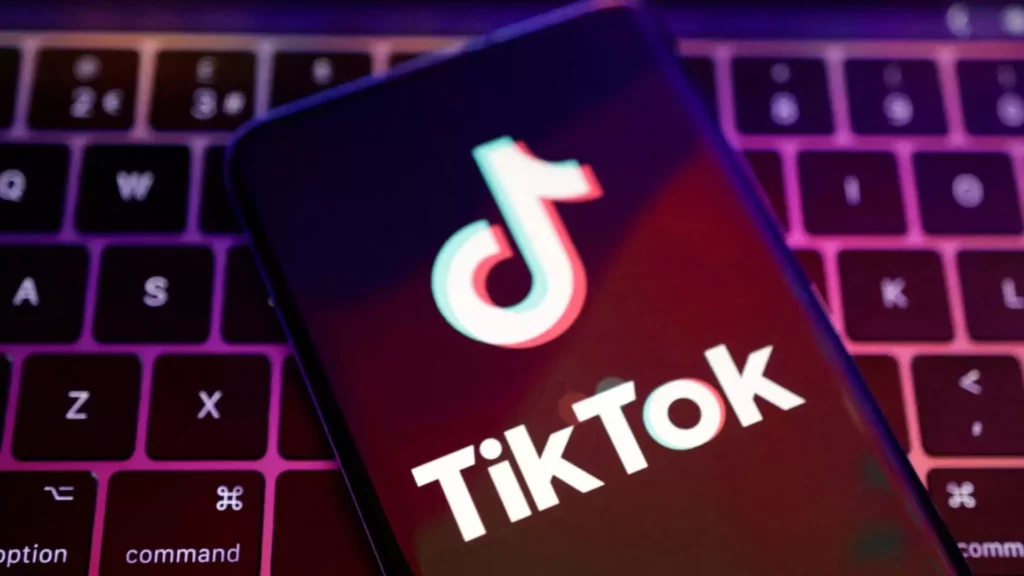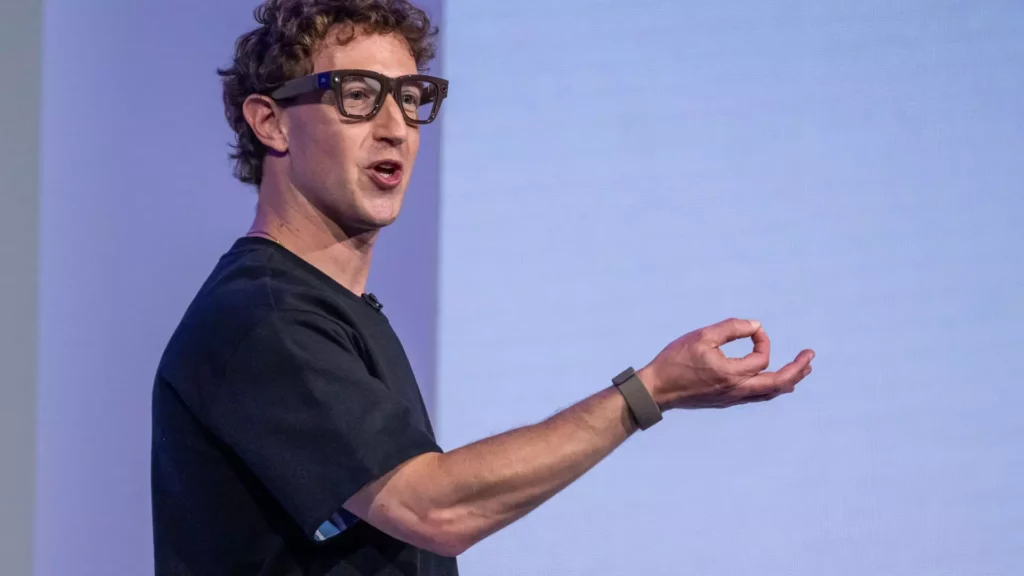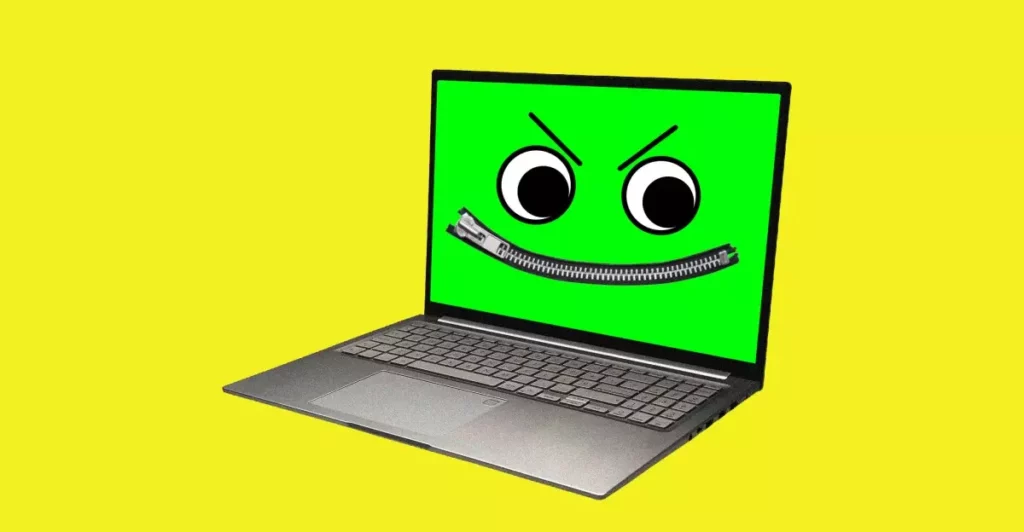At first glance, TikTok appears to be a vibrant hub of creativity, bringing diverse voices and entertainment to millions of young users worldwide. The platform’s rapid ascension has been driven by its catchy short-form videos, algorithmic personalization, and an intuitive interface. Yet beneath this glossy veneer lies an intentionally engineered ecosystem designed to capture and hold the attention of impressionable minds. This juxtaposition exposes a troubling reality: what is marketed as harmless fun is often a carefully crafted environment that prioritizes profit over young users’ mental health.
The core issue isn’t merely that TikTok uses engaging content but that its very architecture appears purposefully built to foster dependency. The platform’s infinite scrolling feature, combined with highly personalized content feeds, creates an almost hypnotic environment where users effortlessly slip into a cycle of endless consumption. Unlike traditional media, where the content consumption ends after a set period, TikTok’s design borrows from addictive technologies used in gambling and gaming industries—exploiting psychological vulnerabilities to keep users hooked longer than they intend. This isn’t a side effect; it’s a strategic element baked into the platform’s DNA.
Manipulative Design: A Calculated Strategy for Monetization
What makes TikTok particularly insidious is the way it leverages behavioral manipulation to maximize revenue. The platform’s business model relies heavily on advertising and the direct sale of engagement through TikTok Shop, which promotes targeted e-commerce within the app. The more time users spend scrolling, the more advertisements they encounter—an explicitly monetized ecosystem where prolonged engagement equals higher profits. This incentivizes the platform to incorporate features that subtly encourage users—especially children—to stay glued to their screens.
Legal challenges, such as the recent lawsuit from New Hampshire’s Attorney General, have begun to peel back the layers of corporate denial. TikTok’s dismissals of these claims as outdated or merely coincidental ignore the pressing evidence of deliberate design choices aimed at dependency. While the company claims safety measures like time limits and parental controls, critics argue that these are superficial Band-Aids that fail to address the root problem: an algorithmic system explicitly crafted to exploit cognitive biases.
The Legal and Ethical Fight Over User Psychology
The broader legal and societal shift away from solely content-focused regulation signifies a growing acknowledgment: the problem isn’t just what users see but how the platform is built to shape their behavior. The effort to hold TikTok accountable involves scrutinizing its technology architecture rather than simply censoring or restricting certain videos. This represents a more targeted approach that recognizes the platform’s design as a fundamental part of the harm.
From an ethical standpoint, platforms like TikTok are skating on thin moral ice. They proceed to develop features that have been scientifically shown to trigger addictive behaviors—like intermittent rewards and loss aversion—while claiming good intentions. If evidence reveals that their system was engineered with the awareness that it would cause psychological harm, the company must accept responsibility. Ignoring these deeper issues under the guise of freedom or entertainment dismisses the serious consequences these features impose on vulnerable populations, especially children and teenagers.
The Power Dynamics and Regulatory Challenges
The legal cases against TikTok mirror a larger pattern seen in the tech industry: large corporations exploiting regulatory gaps. Major players like Meta and Snapchat have faced similar accusations, revealing a systemic problem where revenue-driven design overrides safety concerns. The slow-moving legislative landscape—exemplified by proposals like the Kids Online Safety Act—demonstrates regulators’ struggle to keep pace with technological innovation. These laws aim to impose a “duty of care” on social media companies but remain significantly hamstrung by political hurdles, lobbying efforts, and the complexity of moderating such vast digital ecosystems.
Adding geopolitical considerations further complicates the picture. The U.S. government’s wariness of ByteDance, TikTok’s parent company, often frames the platform as a national security threat. While these concerns may have merit, they risk overshadowing the more urgent issue: the platform’s impact on mental health and organizational ethics. The move to split TikTok into separate U.S. and international versions might insulate American users from the worst aspects of Chinese influence but does little to address the core problem of exploitative design.
Superficial Safety Measures vs. Deep Structural Change
TikTok’s spokespersons often tout features like screen time controls and parental supervision as proof of commitment to safety. Yet, these superficial measures are little more than illusions—Band-Aids over a gaping wound. When the foundational algorithms and UI design incentivize prolonged usage, such safety features are rendered ineffective. They do not tackle the intrinsic problem of dependency generation embedded within the app’s structure.
The truth is that true safety, especially for children, demands more than technological patchwork. It requires core transparency about how content is recommended, a redesign of algorithms that prioritize well-being, and a recognition that the current business model fundamentally conflicts with these principles. Without these shifts, TikTok remains a digital environment that exploits human psychology, turning its users into the unwitting subjects of a profit-driven experiment.
Behind The Mask: The Real Cost of Social Media for Youth
At its core, the controversy surrounding TikTok raises a stark question about the ethical boundaries of technological innovation. Should platforms be allowed to design features that consistently prioritize engagement and revenue at the expense of mental health? From a centrist-right liberal perspective, the answer demands accountability—regulation and corporate responsibility must catch up with technological capabilities.
The social costs are undeniable. Increasing rates of anxiety, depression, and addiction among young users correlate strongly with the rise of these manipulative online environments. It’s a dangerous game of digital complacency, where profit motives eclipse the well-being of the vulnerable. Until the tech industry is held accountable for the psychological toll it causes, the cycle of exploitation will continue, cloaked behind a facade of entertainment and freedom that is increasingly suspect.
In this ongoing battle, the question remains: can the architecture of these platforms be reformed to serve the user rather than profits? Or are we resigned to a future where the digital landscape remains a carefully engineered trap, profiting from the very vulnerabilities it claims to serve?









Leave a Reply